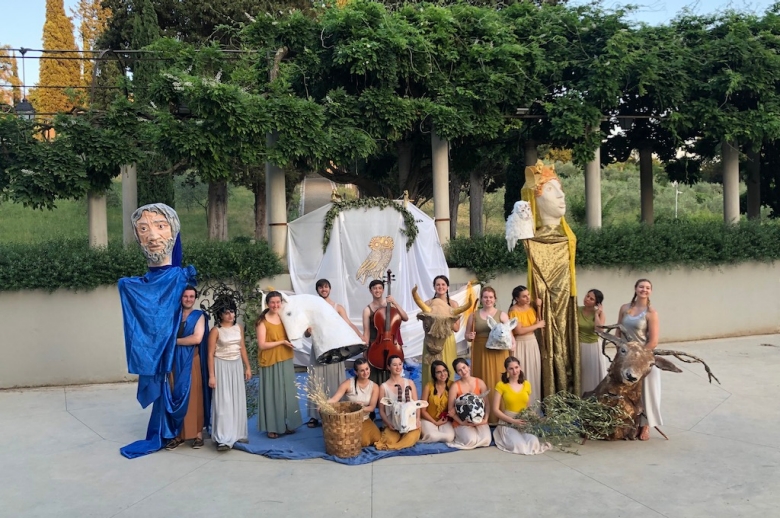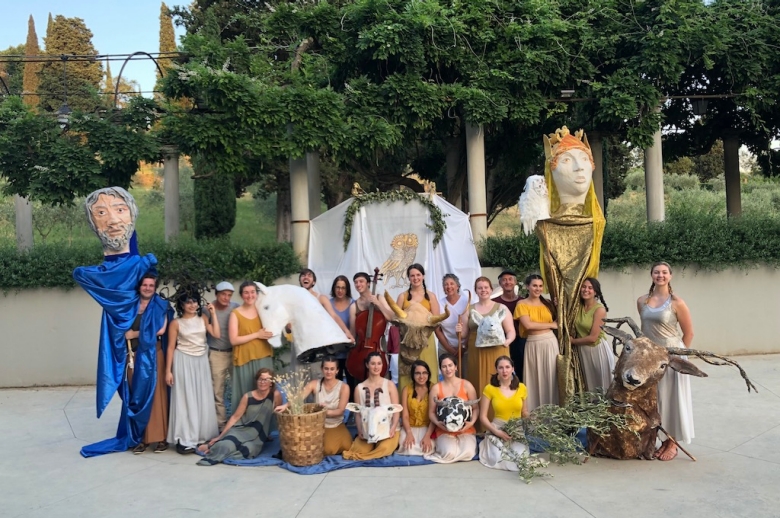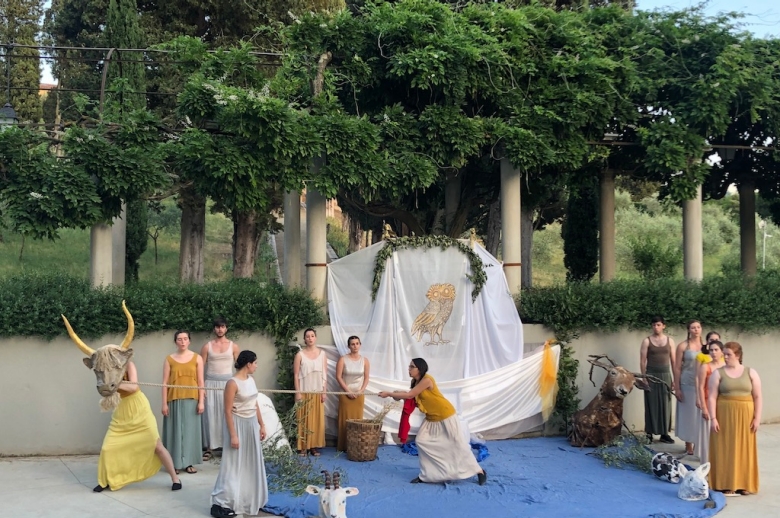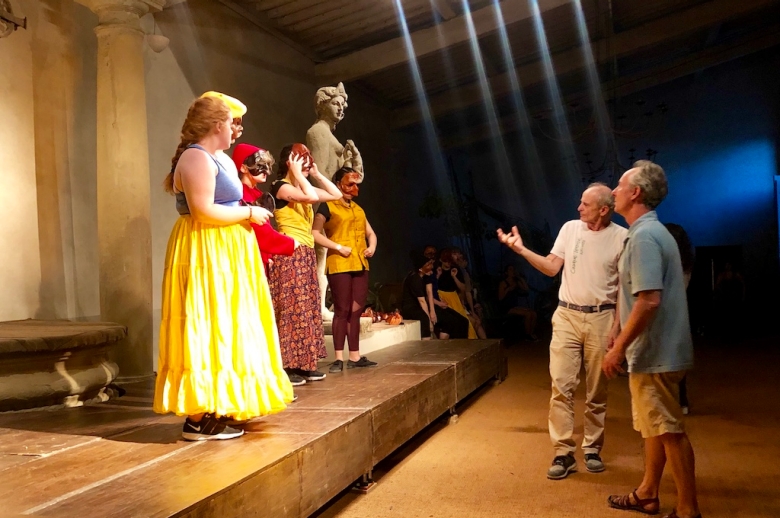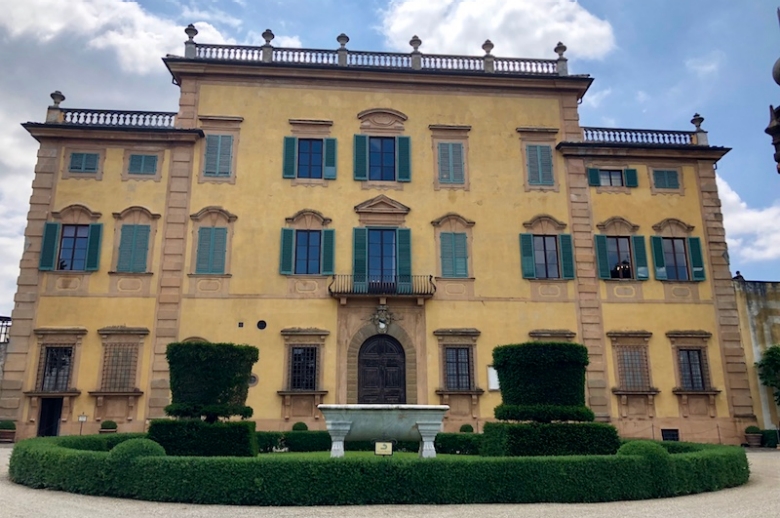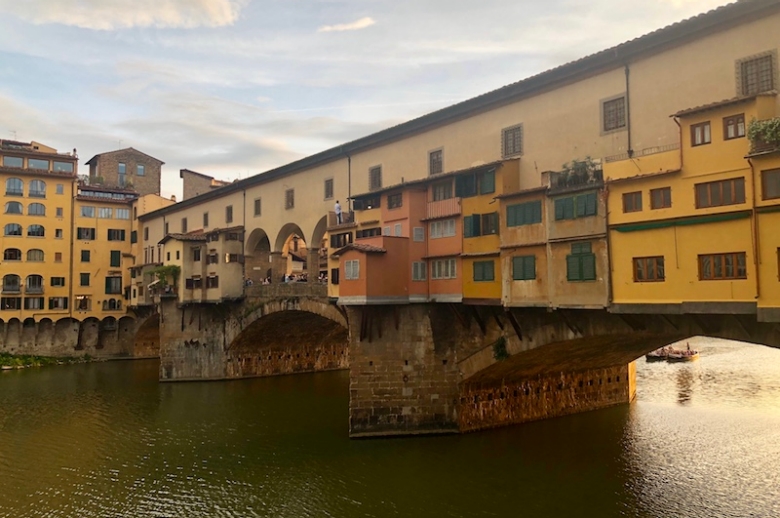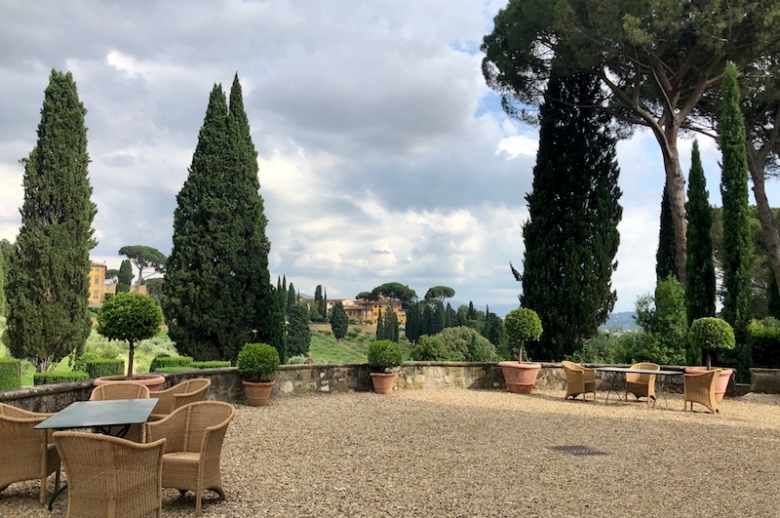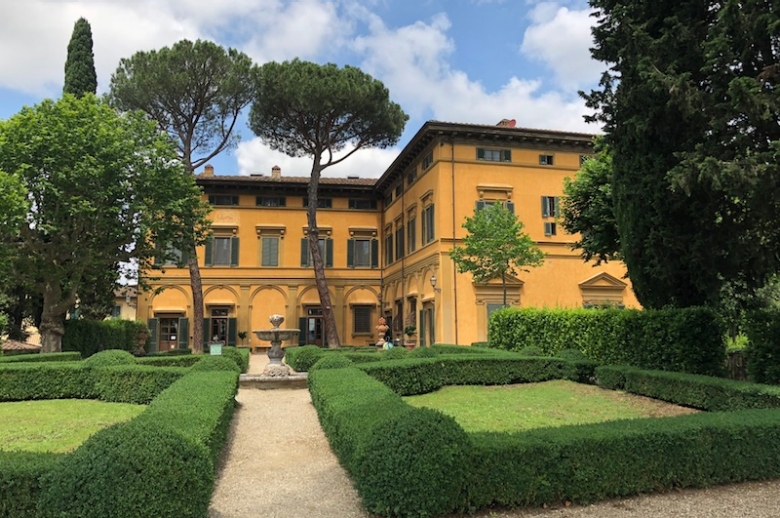Commedia Dell'Arte
ITHEA-UT 2002 | 8 units | Instructor: Jim Calder
Discovering the comedic world - past, present and future - through the lens of Commedia Dell’Arte.
Throughout the course, areas of specialty are developed in:
- Improvisation
- Mask/character work
- Ancient and modern archetypes
- Scene study in Moliere, Shakespeare and Clown
- Creation and development of monologues
- A skill set for productive self analysis and non-judgmental critique
Throughout the course, areas of specialty are developed in mask work, circus skills, scene improvisation, individual lazzi (bits and specialty acts), and the search for one’s own clown work. Scene work consists of scenarios, texts, and lazzi from the 17th century, as well as the development of scenarios from present-day topics and texts. Parallel studies of the historical development of theatre and the visual arts in 17th-century Italy and how they influenced each other are integrated with the studio work, creating a larger perspective of the development of European theatre. The course involves students in the local festivals and carnivals and integrates mask makers and specialists from both Italy and Switzerland as it juxtaposes European styles of theatre with American sensibilities.
Through mask work, the class studies the classical characters of the 15th century as well as exploring how to create the modern stock characters of today. On camera work will give each actor the possibility to work on a variety of scripts and sides that stretch the imagination and build the ability to play with a larger range- from the overt to the intimate. An actor will leave with the ability to perform with ease on both amphitheaters and small screens.
Throughout the 6-week session students will work on scenes that will include Shakespeare, Moliere, and improvised scenarios that incorporate the expressiveness of Commedia into sitcom size work. The class will present work on The Continuum Theater stage (La Pietra’s unique amphitheater), as well as an original 17thcentury outdoor Commedia stage as they present a Moliere piece for the Florentine public.
